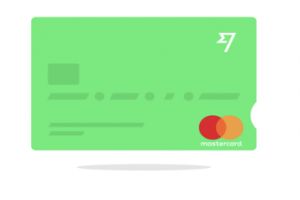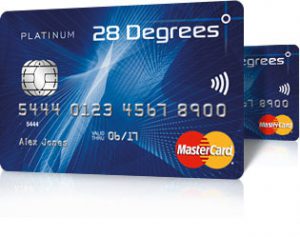The Best Ways to Take Travel Money to India
![]()
No matter if you're a relaxer, or an adventurer; as Australians, we love travelling to India.
![]()
Whether you want a cheap getaway, or you want to escape to luxury - India has you covered.
![]()
In our extensive guides we can help you work out how much everything is going to cost.
What Currency Should I take into India ?
The currency you should take into India, is its official currency, the Indian rupee (INR). The symbol for rupee is ₹.
Planning a thrilling adventure in India?
Currency needs to be on your to do list. Here is some general information about the Indian rupee and some tips and tricks to get the best deal on your conversion from AUD to INR.

Online
This is a convenient way to buy currency but you need some time. You can choose where to pick the order up from, and in some instances can get home delivery. When you order with Travelex, you can choose to order cash, a prepaid Travelex Money Card or both!
Home or Office Delivery
- You can pay by Bpay or bank transfer
- It takes up to 7 days depending on your location
- Choose your cash denominations like small, medium, large or mixed

Money Changers
This is the best way to get currency quickly. You will find them in major shopping centres and towns. Our tip, is that the exchange rates are better in your CBD than what you'd find further out. So it can be worth going there if you're exchanging more than $2,000.
Find the best currency exchange in your states CBD here.

Bank
Most banks do exchange currency. The issue is that they often have high fees, and don't offer very good rates. It's always better to compare rates elsewhere before deciding, but as a standard rule it's best to avoid your bank. Especially for a popular currency like INR.

Airport
Yes, you can buy currency at the airport. While it's convenient, it's also very expensive. If you have run out of time before your trip, it's definitely better to buy currency when you get to India, or use your Aussie debit card instead.
How to buy Indian Rupee in India
General Tips
If you decide to buy your currency when you get to India, you'll need to make sure you have Australian dollars in cash. This way you can exchange it when you get there.
Similar to Australia, it's best to avoid buying currency at the airport and the bank, and better to do it in one of the major city centres.
You can use this link to find Travelex stores in India.
Currency Exchange in India
There are many money changers in India aside from the banks, they include UAE located in
New Delhi: Shop# 123, Market, Opposite Jain Bhawan, Shaheed Bhagat Singh Place, Baird Lane, Sector 4, Gole Market, New Khanna Market, Gole Market
Mumbai: 5th Floor, NO:5014-, Oberoi Garden Estates, near Chandivali Studio, Compound Off Saki Vihar Road, Mumbai, Yadav Nagar, Chandivali, Powai, Maharashtra
Bangalore: First Floor, #3-Y, 59th Cross Rd, Near Bhasyam Circle, 3rd Block, Rajaji Nagar, Bengaluru, Karnataka
What Indian notes and coins look like ?
Notes
The notes are structured in the same way Australian ones are. The notes themselves are designed differently, but they are the same type. Indian rupee notes are made up of:
₹1, ₹5, ₹10, ₹20, ₹50, ₹100

Coins
Coins in India are called rupee. They are predominantly silver in appearance and circular in shape.
₹1, ₹2, ₹5, ₹10
How Much Indian Rupee can I take into India ?
You can bring up to 25,000INR (approximately $490 AUD) into India. There is a little confusion over whether it is illegal or restricted to bring rupee into India. It is restricted. The same applies on departure, you are able to take up to 25,000INR (approximately $490 AUD) out of India.
Is it cheaper to convert currency in Australia or India?
Exchange rates change frequently, and every provider offers different rates. This makes it hard to say what the cheapest way and place to exchange currency is.
When you're travelling to a place like India you can often get good exchange rates when you arrive because Australian travellers go there frequently. This means money exchangers in India are happy to trade between AUD and INR.
Just steer clear of exchanging currency at the airport. On both ends, the rates will be much worse there than in the city centres.
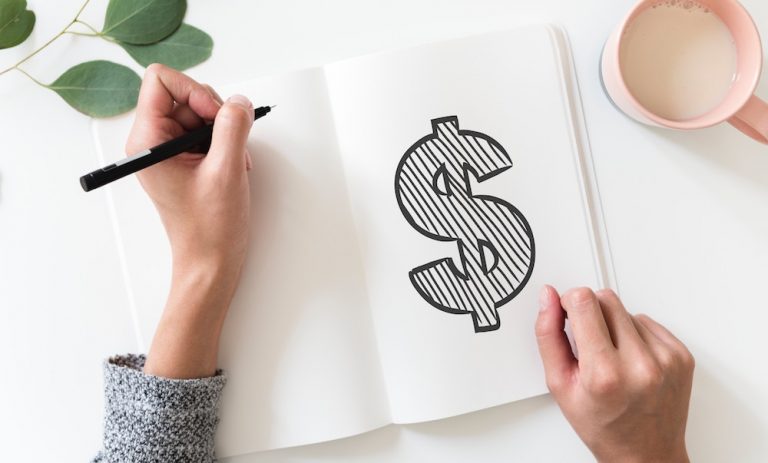
The 3 Best Travel Cards For Aussies to Use in India
It can be tricky working out which is the best travel card to use in India.
The fact is, the best one for you will really depend on what you need from the card you're using.
We've listed what we think are three of the best prepaid travel cards you can use while you're in India.
What are different types of travel cards?
They can be either prepaid, debit or credit cards designed specially for using overseas. You can use travel cards to make purchases online, in stores and to withdraw money at ATMs. There are 3 popular types:
- Prepaid Travel Cards
- Travel Debit Cards
- Travel Credit Cards
Let's have a look at each one.
Prepaid Travel Cards
For prepaid cards, you're able to load the card with a set amount of money in the currencies you need. Ideally you do this before your trip, but often you can reload them as well.
Most prepaid travel cards allow for multiple currencies to be loaded onto the card. So it's important to know what currency you'll be using on your travels. Airlines also offer prepaid cards so the money you spend can earn you reward points.
With prepaid travel cards you need to be careful, as they can have numerous fees and charges which can make it more expensive than other options. But if you're organised and travelling to multiple cities a prepaid travel card is a good option.
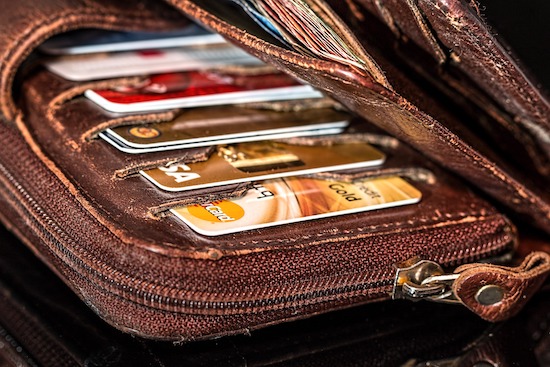
Revolut is our best value prepaid travel card.
With this card:
- No purchase fee, load fee, reload fee, exchange rate margin or minimum balance requirements
- Unlike other Travel Cards, its free and easy to use the balance of your currency or convert it back to AUD
- The exchange rates are unbeatable. They use the same rate you see on XE or Google with no hidden mark-up
It's not all good news though
- For the free Standard account, there is a 2% ATM withdrawal fee when you withdraw over $350 during a month
- The premium account costs $10.99 a month, which can really add up if you are not using it often
Click here to see the full list of cards and how Revolut compares
- Very easy to use app
- Free to set up
- No hidden fees or exchange rate mark-ups (except on weekends)
- You can use it to transfer money to a bank account overseas
- Additional fees for using the card on a weekend
- 2% ATM fee once you withdraw more than $350 in any 30 day period
- 3-4 business days before you receive your card
- Ongoing subscription fee for Premium and Metal cards
Debit Cards
Debit Cards offer the convenience of a credit card, but work differently. They draw money directly from your bank account when you make a purchase. It is designed for everyday money transactions and means that you're not accumulating debt.
If you have spending issues, it's a better option to use your debit card whenever possible, because it will prevent you from falling into credit card debt. And for daily purchases, we think a debit card can help you stick to your travel budget, because you can't overdraw money from your account.
Generally, we recommend having a combination of a travel debit and travel credit card for safety, flexibility and convenience on your trip.
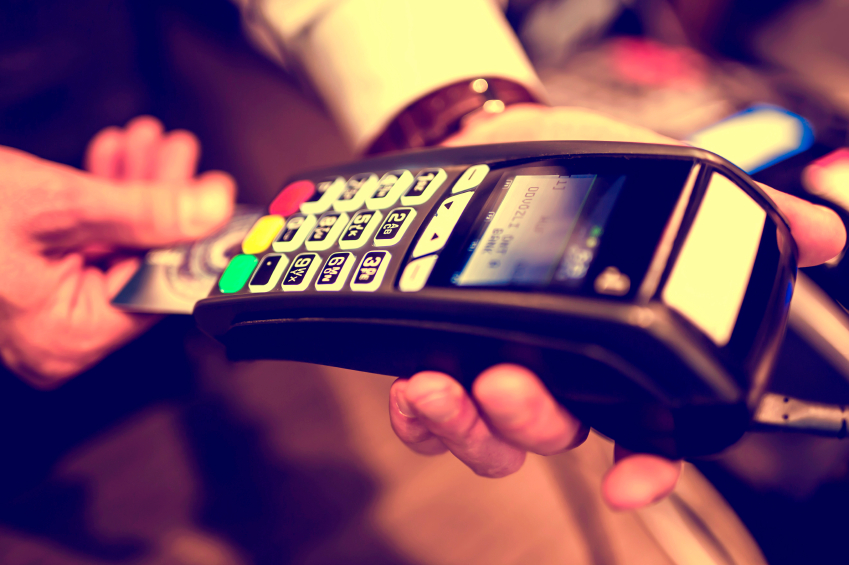
Best Travel Debit Card: Wise debit Mastercard®
Wise is our best value travel debit card.
With this card:
- It's very easy to set up and order
- You can receive foreign currency into a free multi-currency account linked to the card
- You can transfer money to a bank account overseas
It's not all good news though
- There is a 2% ATM withdrawal fee when you withdraw over $350 during a month
- It takes 7-14 days for delivery
Click here to see the full list of cards and how Wise compares
- No annual fee, hidden transaction fees, exchange rate markups
- No minimum balance requirements
- Allows you to make payments and withdrawals wherever you are in the world in over 40 currencies
- Local bank account details in Australia (AUD), the UK (GBP), the USA (USD), Europe (EUR) and New Zealand (NZD)
- It takes 7-14 business days to receive the card
- Can't always access local technical support depending on where you are
- Free cash withdrawals limited to under $350 every 30 days
- Only currently available in the US, UK, Europe, Australia and New Zealand
Travel Credit Cards
Credit cards have obviously been around for a long time. But now there are specialised travel credit cards. Generally, these cards give you longer to pay back what you've spent but the interest rates after this time can be quite high.
The main advantage with credit cards are the reward points you get in return for your customer loyalty when you spend. But it only works if you pay off the balance in full each month.
Credit cards are great to use for car hire, restaurants and accommodation - larger expenses that are easier for you to pay back over time. Some services only take credit cards to hold purchases so they can definitely be handy while you're travelling.
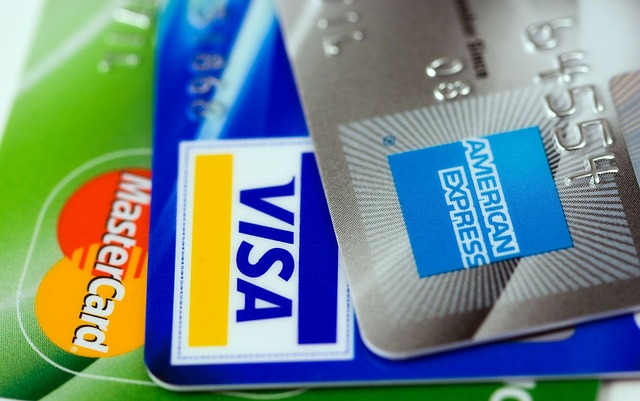
Best Travel Credit Card: 28 Degrees Platinum Mastercard
28 Degrees is our best value travel credit card.
The 28 Degrees Platinum Mastercard is our best value travel credit card. With this card:
- There are no annual fees
- No overseas purchase fee or currency conversion fee
- You get 55 days interest free on purchases
- Access to free 24/7 concierge service
- Emergency card replacement worldwide
The 28 Degrees Platinum Mastercard has additional benefits including shoppers and repayments benefits cover.
- Can have 9 additional cardholders
- No overseas purchase fee, or currency conversion fee
- No foreign transaction fee
- Free Replacement Card
- High interest rates after the initial 55 days
- Minimum credit limit is $6,000
- No introductory offers or rewards
How Much Things Cost in India
India is a popular destination for Australians. And with the food and cultural attractions - it's not surprising. Travelling somewhere new for the first time can make budgeting a bit difficult. But it becomes easier to plan your holiday once you know how much things cost in India.
To give you a better idea of how much everything is going to cost, we've listed some essential things you might need on your holiday like accomodation, transport, food and more.
All the prices we've quoted in this article are in Australian dollars, but you can visit our currency converter to find out what the exchange rate is between the AUD and INR.
Before you head to India, learn about:
- Is it expensive to visit India?
- How much you need to bring to India?
- How much it costs to fly from Australia?
- The cost of food
- Buses and trains
- Tours in India
- Hiring a Car
- Accomodation

Is it Expensive to Visit India?
When it comes to travelling in India, there is a big difference between there and Australia. Let's have a look at the cost difference between some food and activities in India and Australia:
Australia vs India
In this table, we have a comparison of some things you might do in India. The prices are approximate, and can change between different cities in India.
| Expense | Cost in Australia | Cost in India |
| Cappuccino | $4AUD | $2AUD |
| 1 full month of public transport (MyKi) | $145AUD for a MyKi Pass | $13AUD |
| Full priced Movie ticket | $20AUD | $5AUD |
| 1 full month Gym membership | $65AUD | $27AUD |
| A bottle of beer | $5.5AUD | $2.5AUD |
How much money do I need to bring?
The answer to this question really depends on the type of holiday you're planning. Will you be backpacking and staying in hostels? Will you be living it up at a fancy hotel? If you want to do it on a budget, you easily can or you can splurge and go on a luxury holiday.
India can be a slightly more affordable country to visit, compared with other Asian destinations. Here we have listed an estimate of what you'd need, per person, per day depending on your holiday.
Budget holiday: $100AUD
Middle of the range holiday: $100 - $200AUD
Luxury holiday: At least $200AUD
How much does food cost in India?
Food is a pretty important part of a holiday, and a great way to get to know a country. Especially somewhere like India where there is delicious food to try on every corner. In India, you can really decide how much you want to spend on food everyday. You could get by on as little as $30AUD or if you're fine dining you could spend a lot more! Below we've listed some general prices for eating and drinking out, and the cost of some other bits and bobs.
Eating out:
- Breakfast: $5 - $10AUD
- Lunch: $10 - $30AUD
- Dinner: $10 - $40AUD
Drinks:
- Coffee: $2AUD
- Beer: $2.5AUD+
- Glass of wine: $11AUD+
Some other examples:
- Big Mac meal: $5AUD
- Bottle of Wine: $11AUD+
- Bottled water: $0.30AUD
- Cocktails: $20AUD+
- Food tour: From $20AUD
How much does it cost to fly from Australia to India?
Like flying anywhere in the world, flights between Australia and India can change depending the time of year. Having said this, there are often sales that can get you there quite cheaply.
The flight prices also depend on where in Australia you're flying from but from most capital cities you can easily get a direct flight.
Generally the average cost of a return flight to Indira Gandhi International Airport from Melbourne or Sydney will cost you about $700 - $1,800AUD.
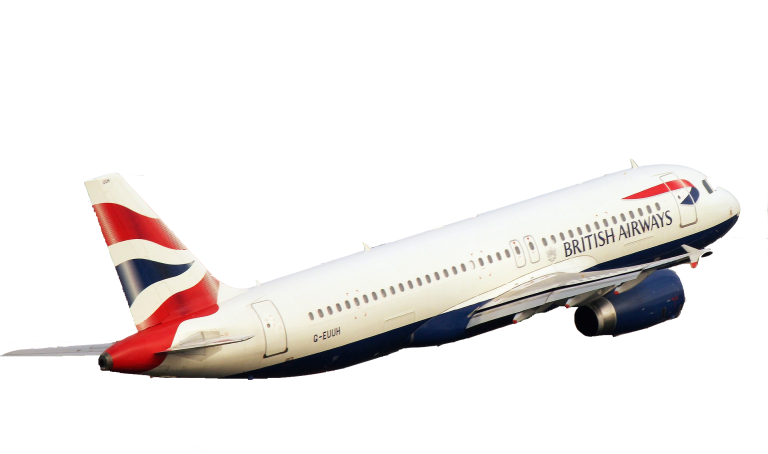
Getting Around
Similar to Australia, India is an expansive country which is often traversed internally by airplane. Flights between major cities are approximately $80AUD. Domestic airlines include Air India, Jet Airways and Spice Airways.
Another option for intercity travel is by train. It almost covers the entire country. There are 3 types of passenger trains, the express inter-city, the super-fast air-conditioned and the slower local passenger trains packed with character. There are overnight trains for longer distances. There are normally 3 classes on each train.
Buses have a more expansive network than trains and leave more frequently. There are government run buses and private bus companies.
Taxis, tuk tuks or rickshaws are in ample supply in most Indian cities and are easy to hail down from the side of the road.
Tours
Utilising tours is a great way to meet other travellers and learn about the area you're in. If you're looking to have a completely guided tour, you could consider looking into companies like Intrepid, Bunniks or Hidden Treasures of India. But even on a smaller scale, you can often find guided tours to different parts of the country which can usually be organised through your hotel or hostel. These may set you back a small fee to cover the cost.
Viator is a great website to get information about tours you can do throughout India!
Hiring a Car

You can hire a car in India.
Although, with ample public transport you may not feel the need to. The traffic can also be a little chaotic in some parts of the country. In order to drive there you will need to obtain an International Drivers Permit (IDP) which you can do in Australia. Remember that if you're hiring a car and you're under 25, it is usually more expensive than it is for older drivers.
Price of a Rental Car in India, per Week:
- Budget: $200AUD per week for a budget car that will comfortably fit two people and luggage
- Mid-range: $300AUD for a mid-range car that will easily fit four people and luggage
- High-end: From $400AUD+ for a high end car such as a convertible, large SUV or luxury vehicle
Rental Car Companies
Accomodation
You can somewhat be flexible about how much you spend on accomodation when you get to India. If you're keeping it low key and don't want to spend much, there are hostels, or you could live it up! Below are some rough guides to how much you can expect to pay.
Accomodation on a budget, like hostels cost up to $80AUD a night.
Mid-range accomodation like a double room in a 3 star hotel will probably cost up to $150AUD a night.
A double luxury hotel room will cost from $150AUD up to as much as you're willing to spend per night.
Using the following sites will give you an even better idea of how much the accomodation you're after will cost you.
Tipping
Tipping is not compulsory in India but appreciated. You may find that you want to tip and at some places you might find there is a service charge added to your invoice. Below we've listed some things you should keep in mind about tipping in India:
- Restaurants: Depends of total of bill, bills under 300INR - 10%, bills under 1,000INR - 7 to 10% and bills over 1,000INR - 5 to 7%
- Hotels: Approximately 5% of tariff, best to keep 10 to 30INR notes for bell boys and maids
- Taxi: From the airport - 30 to 50INR, multiple day taxi - 150 to 250INR per day and it is not expected in a casual taxi or tuk tuk





